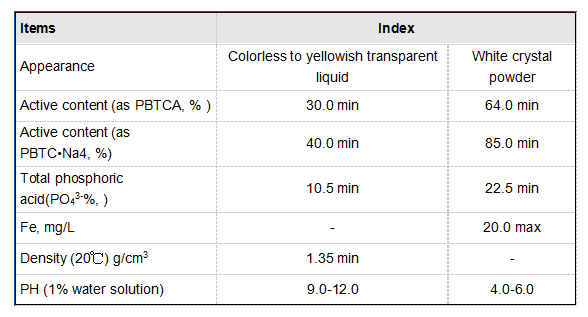oit isothiazolinone
Understanding OIT (Octylisothiazolinone) Applications, Safety, and Environmental Considerations
Octylisothiazolinone (OIT) is a biocide commonly used in various industrial and consumer products. It belongs to the isothiazolinone family, which includes other well-known compounds like methylisothiazolinone (MIT) and chloroisothiazolinone (CIT). These compounds are primarily utilized for their antifungal and antibacterial properties, making them popular choices for preserving products ranging from paints and coatings to personal care items.
Chemical Properties and Uses
OIT is a synthetic compound known for its effectiveness in preventing microbial growth, including bacteria, fungi, and algae. Its chemical structure allows it to interact with microbial cell membranes, disrupting their integrity and leading to cell death. This property makes OIT particularly valuable in applications where biofouling presents a significant challenge, such as in water-based coatings and personal care formulations.
In the paint and coating industry, OIT is often employed to extend the shelf life of products. It acts as a preservative, preventing mildew and other forms of degradation caused by microbial contamination. This is particularly important in humid environments where the risk of spoilage is heightened. Similarly, in personal care products, OIT is included in formulations like lotions, shampoos, and conditioners to inhibit the growth of microorganisms that could affect product stability and safety.
Safety Profile and Controversies
Despite its many beneficial uses, OIT has attracted scrutiny regarding its safety profile. Studies have indicated that isothiazolinones, including OIT, can cause allergic reactions in sensitive individuals. Some reports have linked prolonged exposure to skin sensitization and irritations, which has raised concerns among consumers and regulatory bodies alike.
oit isothiazolinone

In light of these safety concerns, regulatory agencies in various regions have imposed restrictions on the use of OIT. For example, the European Union has established stringent regulations limiting the maximum allowable concentration of OIT in cosmetic products, resulting in reduced usage in personal care formulations. This regulatory landscape highlights the growing emphasis on consumer safety and the need for continuous evaluation of chemical substances in everyday products.
Environmental Considerations
The environmental impact of OIT is another important consideration. Biocides like OIT can enter water systems through runoff, leading to potential toxicity to aquatic life. Studies have indicated that OIT can be harmful to certain marine organisms, prompting calls for improved management of its use and disposal. Manufacturers are encouraged to adopt more sustainable practices, including better product formulations and waste management strategies, to mitigate environmental risks.
In recent years, there has been a significant push towards finding alternative preservatives that offer similar efficacy without the associated safety and environmental concerns. Natural alternatives and bio-based preservatives are gaining traction, as they tend to have a more favorable safety and environmental profile. This shift in consumer preferences and the regulatory landscape could influence the future market for OIT and other isothiazolinones.
The Future of OIT and Alternatives
While OIT remains a prevalent choice in many applications, its future may be shaped by ongoing research and consumer sentiment toward safer and eco-friendly alternatives. Innovations in chemistry and bioproduct development are likely to lead to new preservatives that are both effective and safer for consumers and the environment.
In conclusion, Octylisothiazolinone is a powerful biocide with a diverse range of applications from industrial to personal care products. However, the growing concerns surrounding its safety and environmental impact necessitate a careful examination of its usage. As scientists and companies strive to balance efficacy with safety and sustainability, OIT's role in the marketplace may evolve, paving the way for a new generation of preservatives that prioritize human health and environmental well-being. The dialogue surrounding OIT and similar compounds reflects a broader trend in the industry, emphasizing the importance of responsible product stewardship and consumer education in the pursuit of safe and effective solutions.
-
Premium Isothiazolinones | Broad-Spectrum Biocidal SolutionsNewsAug.28,2025
-
LK-319 Special Scale And Corrosion Inhibitor For Steel Plants: Advanced Solutions for Industrial Water SystemsNewsAug.22,2025
-
Flocculant Water Treatment: Essential Chemical Solutions for Purification ProcessesNewsAug.22,2025
-
Isothiazolinones: Versatile Microbial Control Agents for Industrial and Consumer ApplicationsNewsAug.22,2025
-
Scale Inhibitor: Key Solutions for Water System Scale PreventionNewsAug.22,2025
-
Organophosphonates: Versatile Scale Inhibitors for Industrial Water SystemsNewsAug.22,2025





